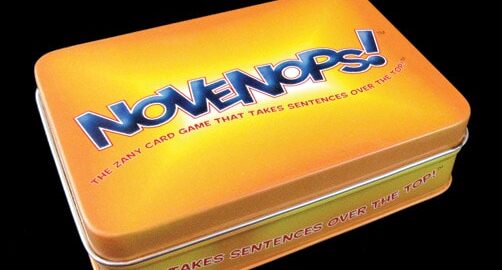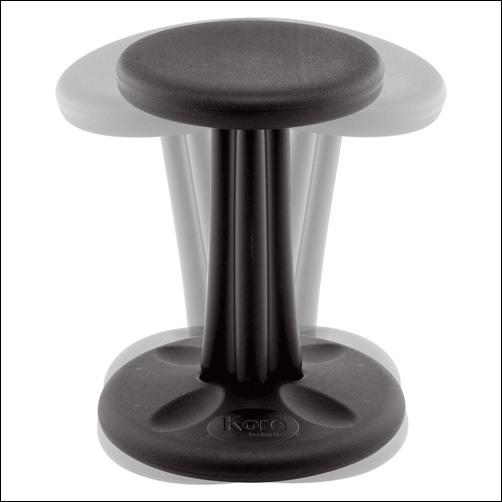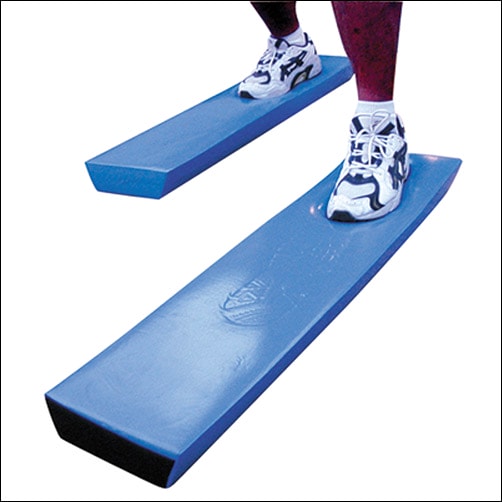There are numerous arguments surrounding the viewpoint that handwriting may become an endangered skill. Some common reasons include:
- Digital Advancements: Some argue that typing skills are more relevant in today’s world than traditional handwriting.
- Efficiency: The speed and efficiency of typing may outpace the time-consuming nature of handwriting.
- Access to Information: Information readily available online may diminish the perceived importance of memorizing and manually transcribing information.
- Emergence of Voice Recognition: As voice recognition technology advances, speaking into devices may replace the need for written communication.
It’s crucial to counterbalance these points by discussing the benefits of handwriting, including its role in fine motor skill development, cognitive processes, and potential impact on memory retention. Occupational therapists practitioners (OTPs) at Therapro advocate for a holistic approach that incorporates both traditional and digital skills.
The Significance of National Handwriting Day
On January 23rd, Therapro celebrates National Handwriting Day, coinciding with the birthday of John Hancock, one of America’s founding fathers known for his large, dramatic signature on the Declaration of Independence. Before the advent of computers, handwriting was essential for the communication of ideas. Teaching handwriting is a cornerstone of literacy, fostering letter recognition, and supporting the development of motor and visual memory skills. The act of handwriting has been thought to be important for memory retention and activating neural pathways associated with strong reading skills.
Evidence-Based Practices for Handwriting Development
The reasons OTPs, teachers, and parents value handwriting skills are grounded in evidence-based practices. Research suggests that interventions focusing on specific prerequisites, including core strength, postural stability, attention, fine motor coordination, visual perception, and visual-motor integration contribute to improved handwriting skills in children.
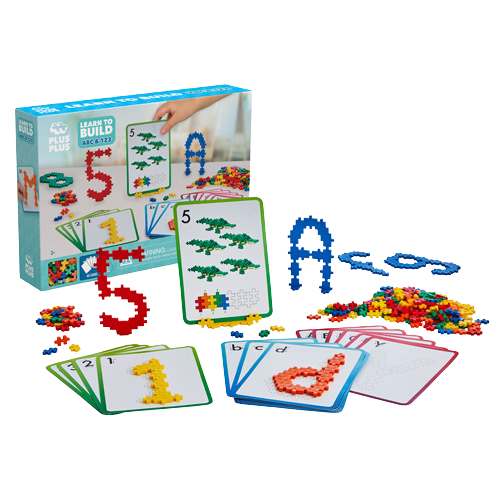
Activity-Based Practice:
- Incorporating activities that target fine motor skills, such as drawing, coloring, and using manipulatives, has been shown to enhance hand-eye coordination and letter formation.
- Engaging children in sensory-rich activities, like tracing textured surfaces or using tactile materials, can stimulate the sensory pathways involved in handwriting.
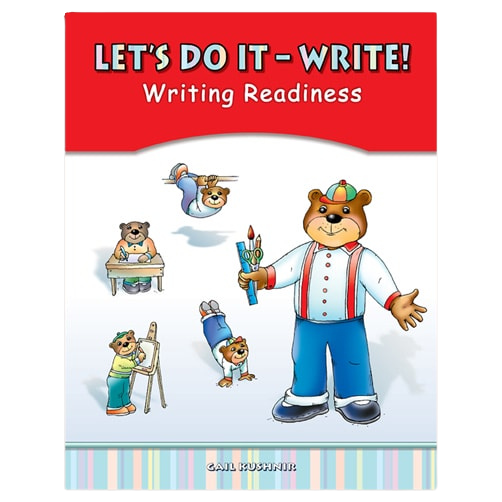
Use Handwriting Curricula that Include Sensorimotor Activities:
- Handwriting curricula can be designed to include exercises that address sensory processing, fine motor skills, and perceptual-motor integration to support comprehensive handwriting development.
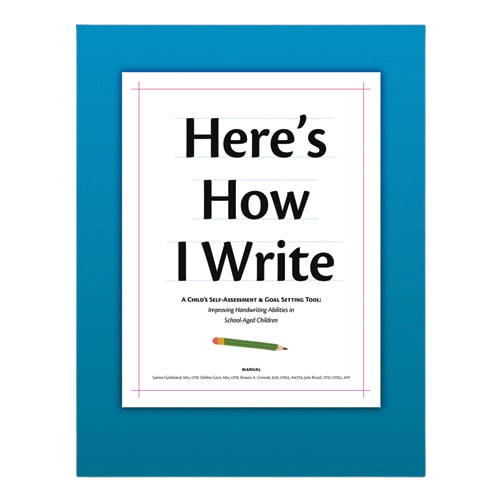
Self-Assessment Practice:
- Engaging students in the assessment process can improve learning and motivation. Using a tool like Therapro’s Here’s How I Write (HHIW) assessment, students can be active participants in the process. With HHIW student’s self-assess aspects of handwriting like letter formation, spacing, and overall legibility.
- This process promotes self-reflection and empowers students to take an active role in improving their handwriting skills.
Co-Teaching and Collaboration with Teachers:
- OPTs and teachers can collaborate to implement strategies that address handwriting challenges in the classroom.
- This may involve modifying assignments, providing accommodations/adaptations, or offering specialized support to individual students.
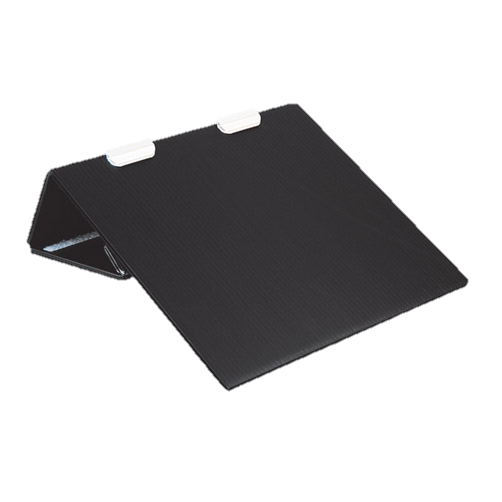
Understanding the interactive relationship among motor, sensory processing, perceptual-motor, and language skills is crucial for effective handwriting development.
Recognizing the Enduring Value of Handwriting
In a world dominated by digital devices, handwriting is perceived by some as an endangered skill. The decline in traditional activities like handwriting due to smartphones and computers should not overshadow its enduring value. Handwriting is not just a functional skill; it is an integral part of a child’s holistic development, influencing cognitive, motor, and emotional aspects. Recognizing the importance of handwriting allows for more targeted and effective interventions based on evidence. Balancing technology with the preservation of traditional skills is key. National Handwriting Day on January 23rd serves as a reminder of its historical and cultural significance. As we embrace technology, let’s not overlook the unique benefits that handwriting brings to cognitive development and personal expression.
Tools For A Successful Handwriting Journey
The list below is just a few of the many tools and resources available from Therapro that provide handwriting support.
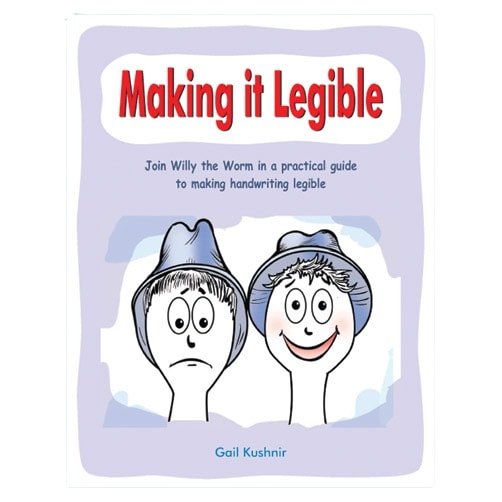
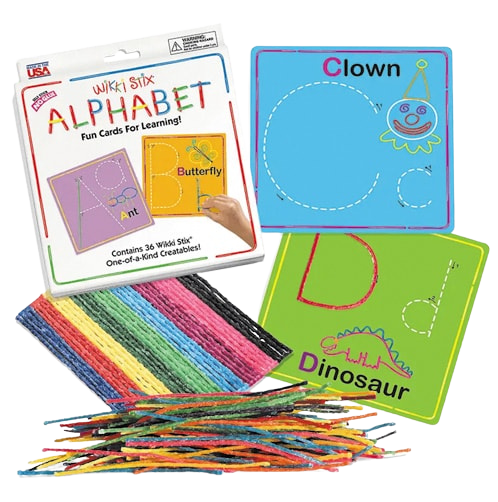
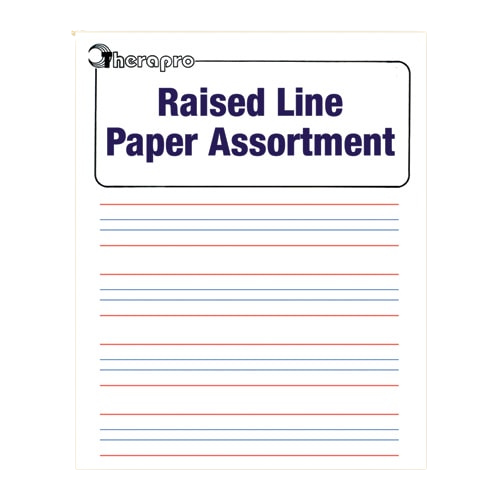
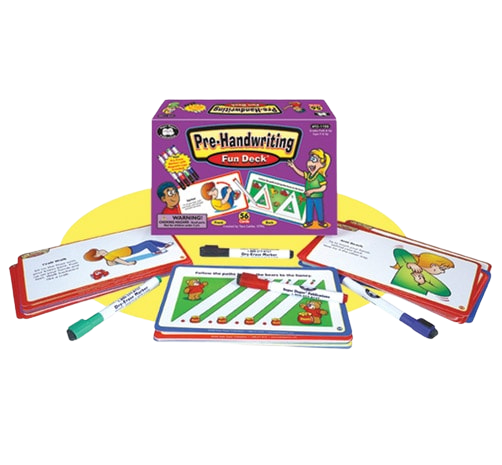
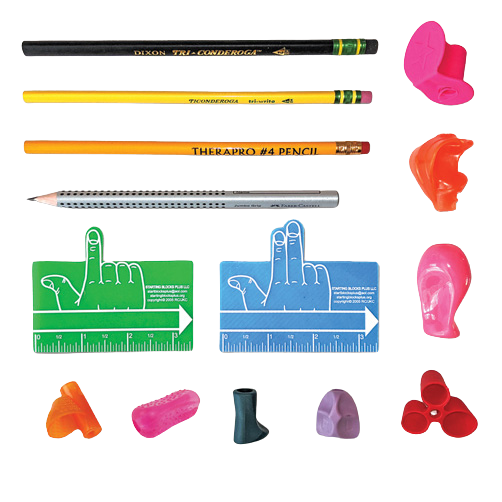
For all of your handwriting needs be sure to visit Therapro.com!
Guest Blogger: Filomena Connor, MSOT – Retired


